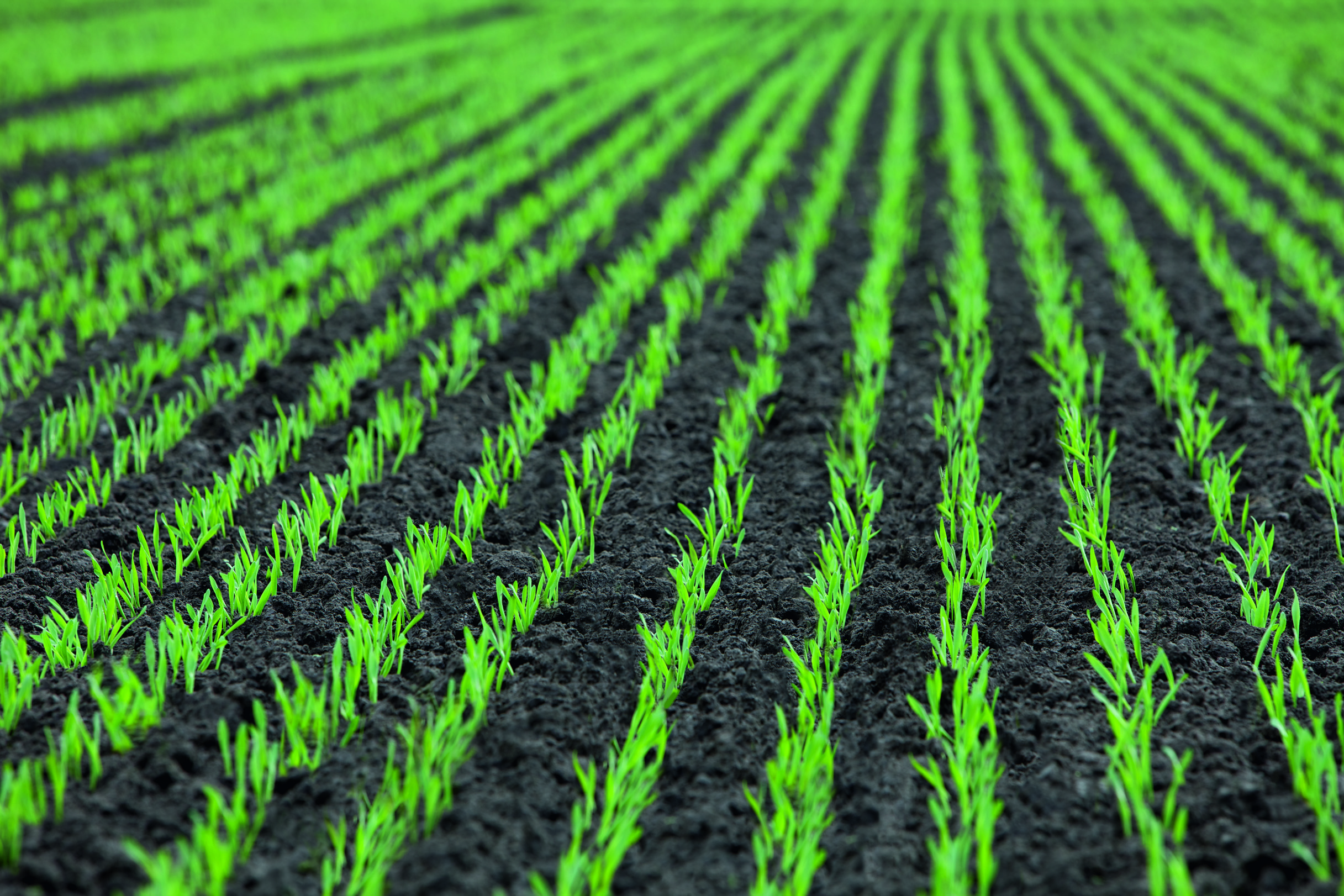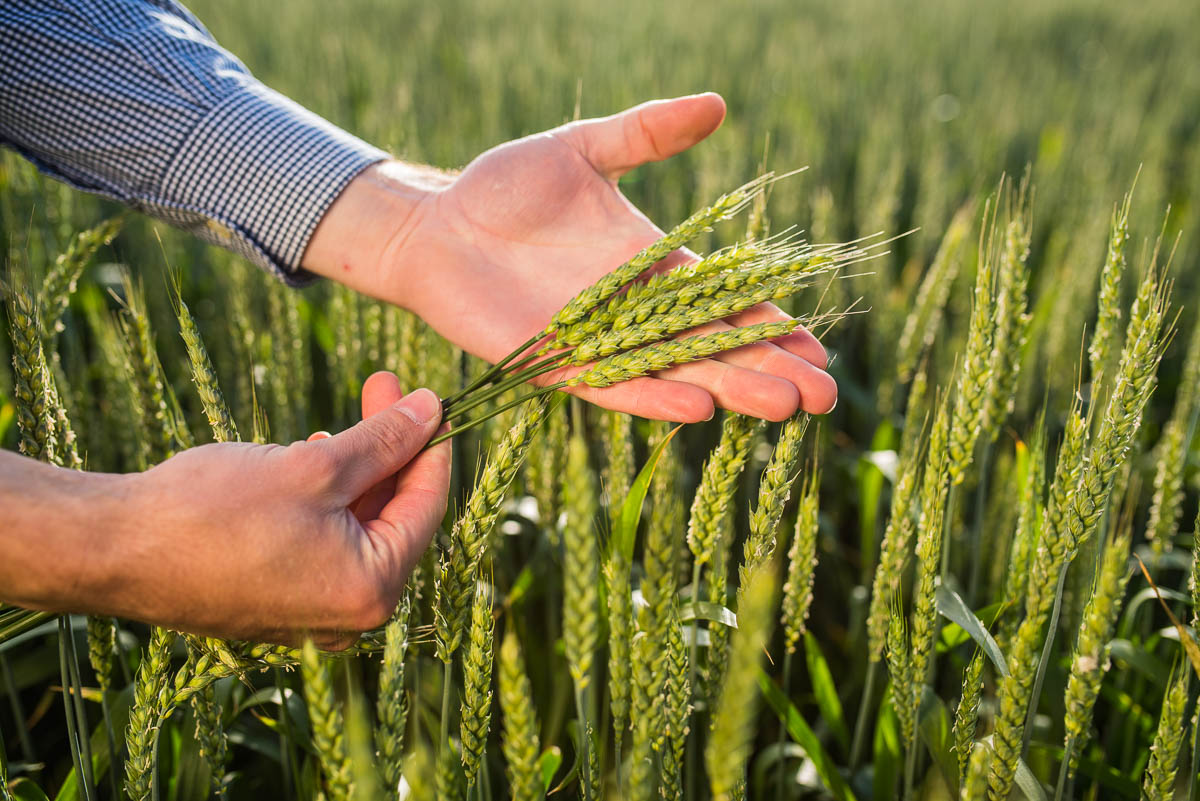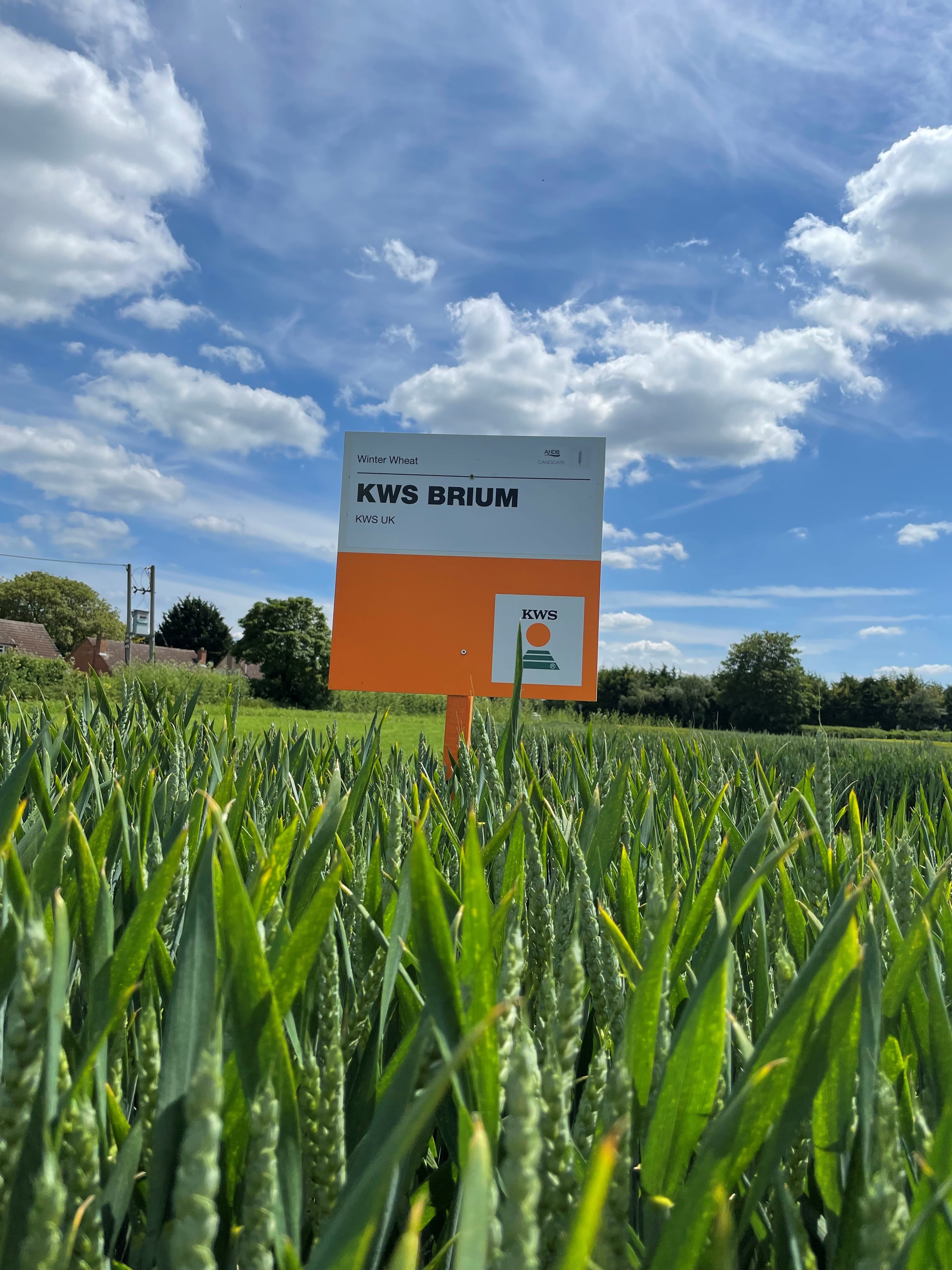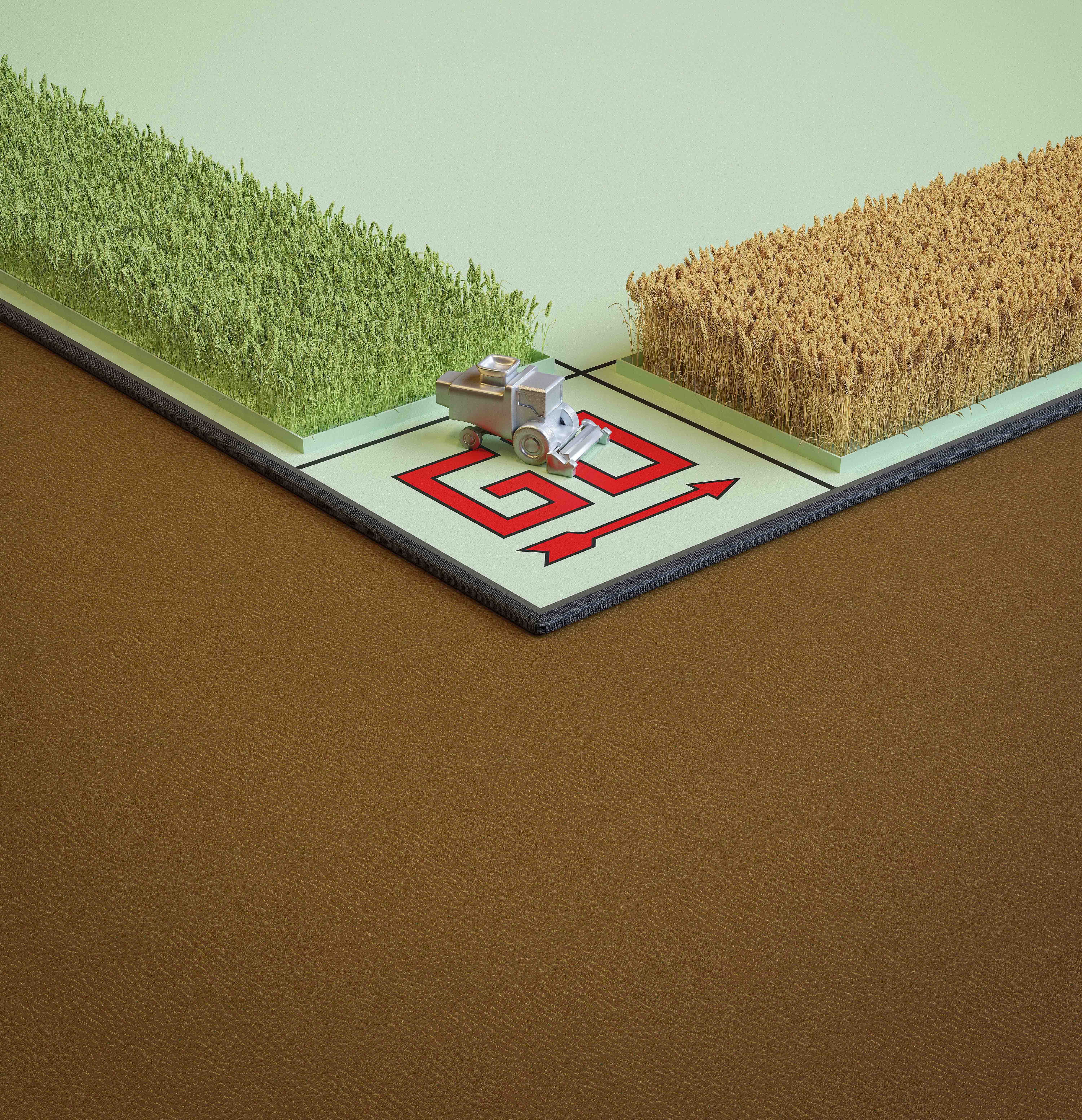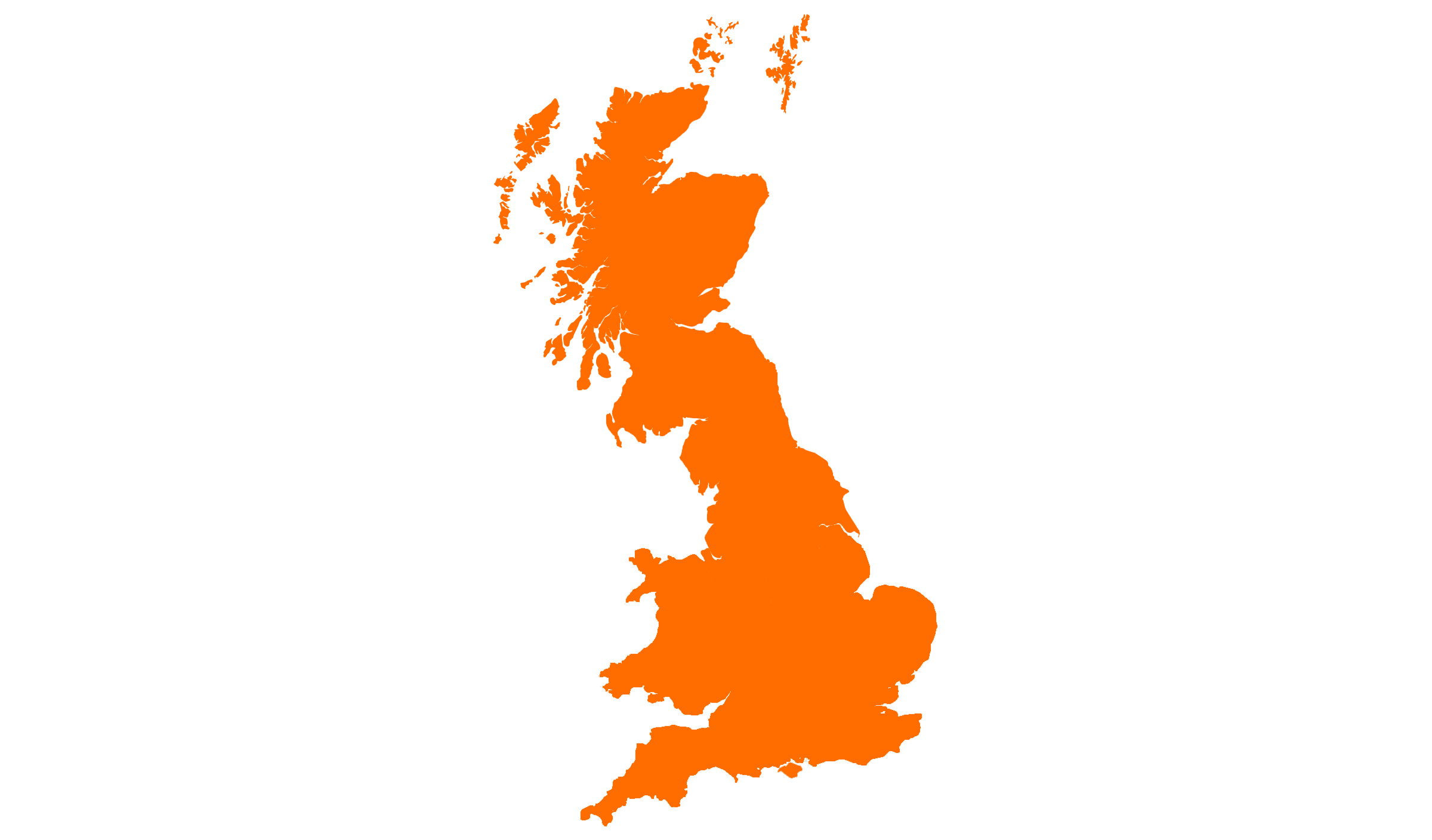Functional traits can already add cost benefits equivalent to 20% of extra yield and a return on investment of 300% on seed cost, but the future will deliver much more, KWS believe.
Functional traits such as disease resistance, standing power and harvest date can simplify management and reduce production costs to a much greater degree than many currently believe, a new report from seed breeders KWS suggests.
Secondary factors such as savings in diesel, labour, machinery replacement and better soil condition can multiply the benefits many times over and help producers meet the requirements of integrated pest management (IPM) demands and environmental legislation much easier.
With the challenges of a reduced agrochemical arsenal, increasingly variable growing conditions and the need to reduce the carbon footprint of agriculture in the future, development of enhanced genetic properties will become increasingly important, says KWS product development manager John Miles.
“It’s a simple truth that 80% of the potential crop production you are likely to see is in-built in the seed you drill.
“You can influence it to a degree by good management, how much N you apply and the standard of your agronomy, but fundamentally what you will get from a yield and quality perspective is locked in when you make that variety decision.
“What is key is making sure that you choose the right variety with regard to your own individual growing circumstances as this will have a profound effect on the management you will have to use and the whole cost-benefit equation.
“It’s too easy to look at something like standing power and think it might save you a bit on growth regulators, but when you look at the whole picture the cost benefit implications are much more significant.
“There are the initial saving on PGRs, but that’s but the start. Once you factor in savings in diesel, labour, machinery hours and add it to earlier and easier harvesting, simpler cultivations and potentially less soil damage, the benefits are huge.
“In terms of KWS’s Group 2 winter wheat Extase, if you combine fungicide reduction due to a lower risk situation at £60/ha with retention of premium at £171/ha using the RL’s 11.4t/ha yield for the variety, the value of these adds up to £231/ha.
“With our Group 3 variety Firefly, we estimate the greater security in the field, reduced PGR and drying costs combined with premium retention is worth about £140/ha.
“It involves a change of mindset but focusing on what a variety brings to your management in terms of functional traits alone could produce cost benefits equivalent to 20% extra yield – it is that significant.
“This is borne out by the £231/ha additional benefits from Extase before factoring in the cost advantages of earlier ripening and earlier harvesting and its effect on timeliness throughout the critical autumn period.
“At approximately, £75 - £80/ha for seed on-farm, this suggests around a 300% return on investment is possible from functional traits alone before higher yields are accounted for.
“Whilst developing new varieties and producing seed is always costly and time consuming for breeders, these gains represent sizeable opportunities for growers. These gains are likely to be even more in the future.”
